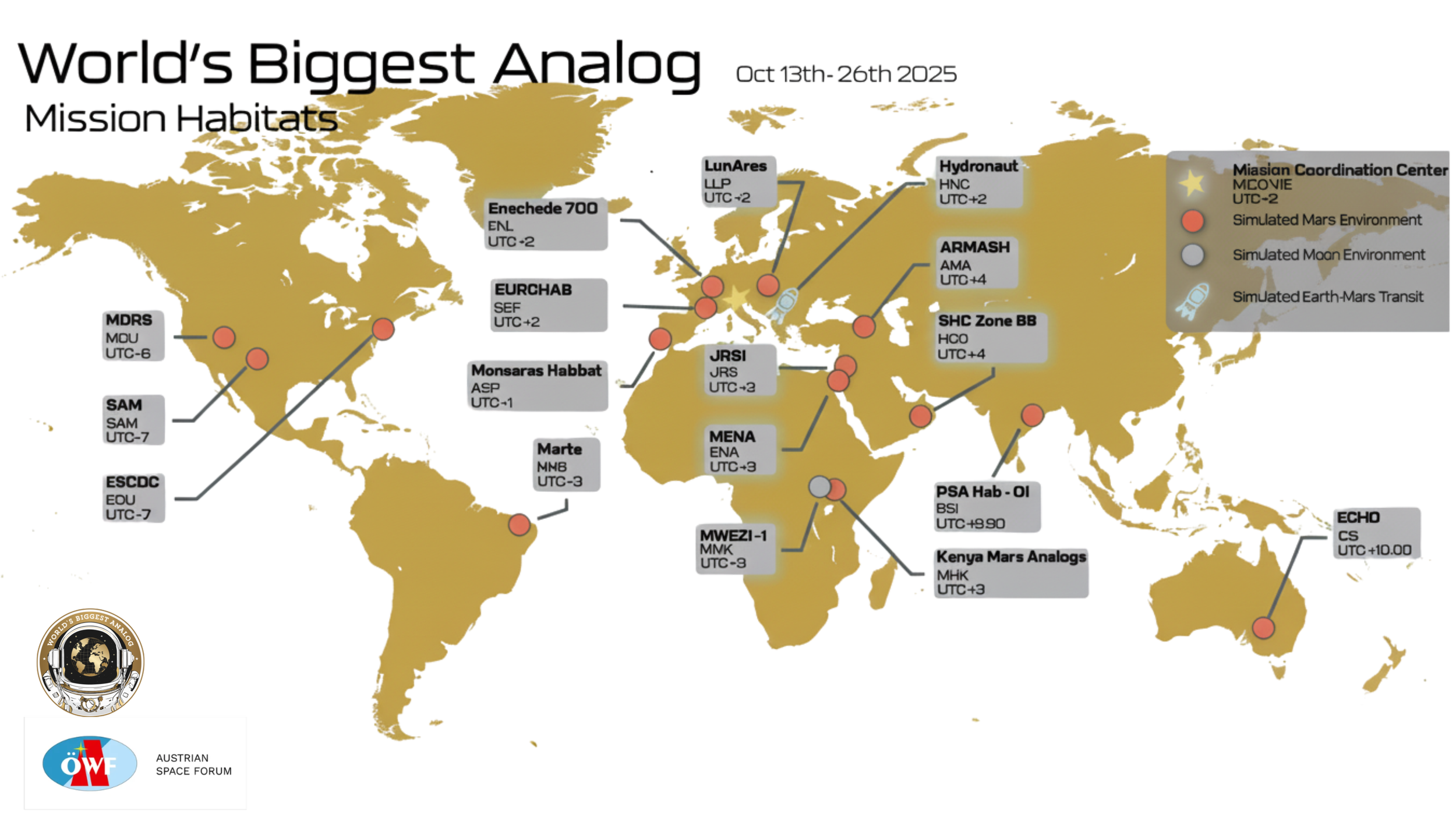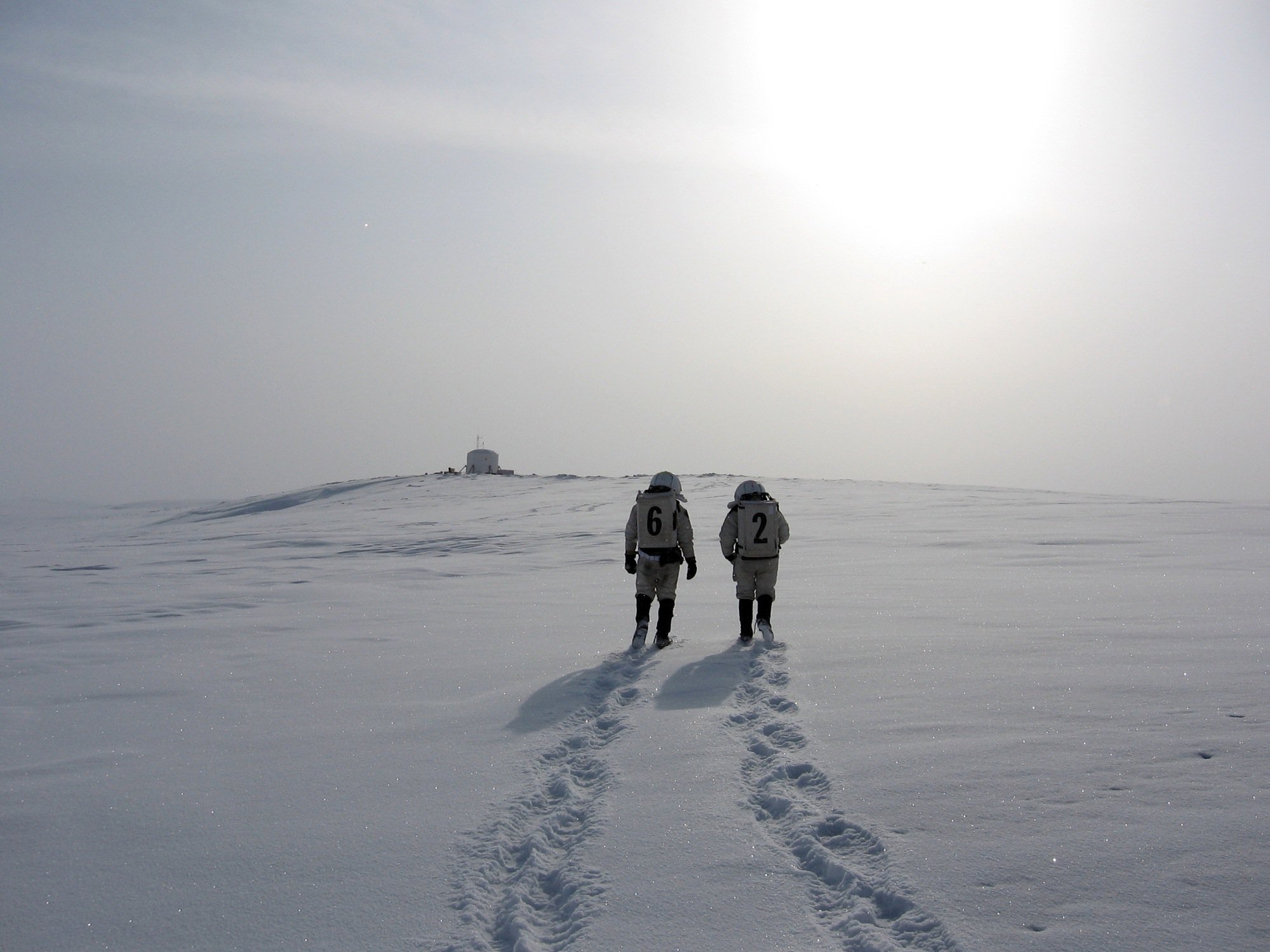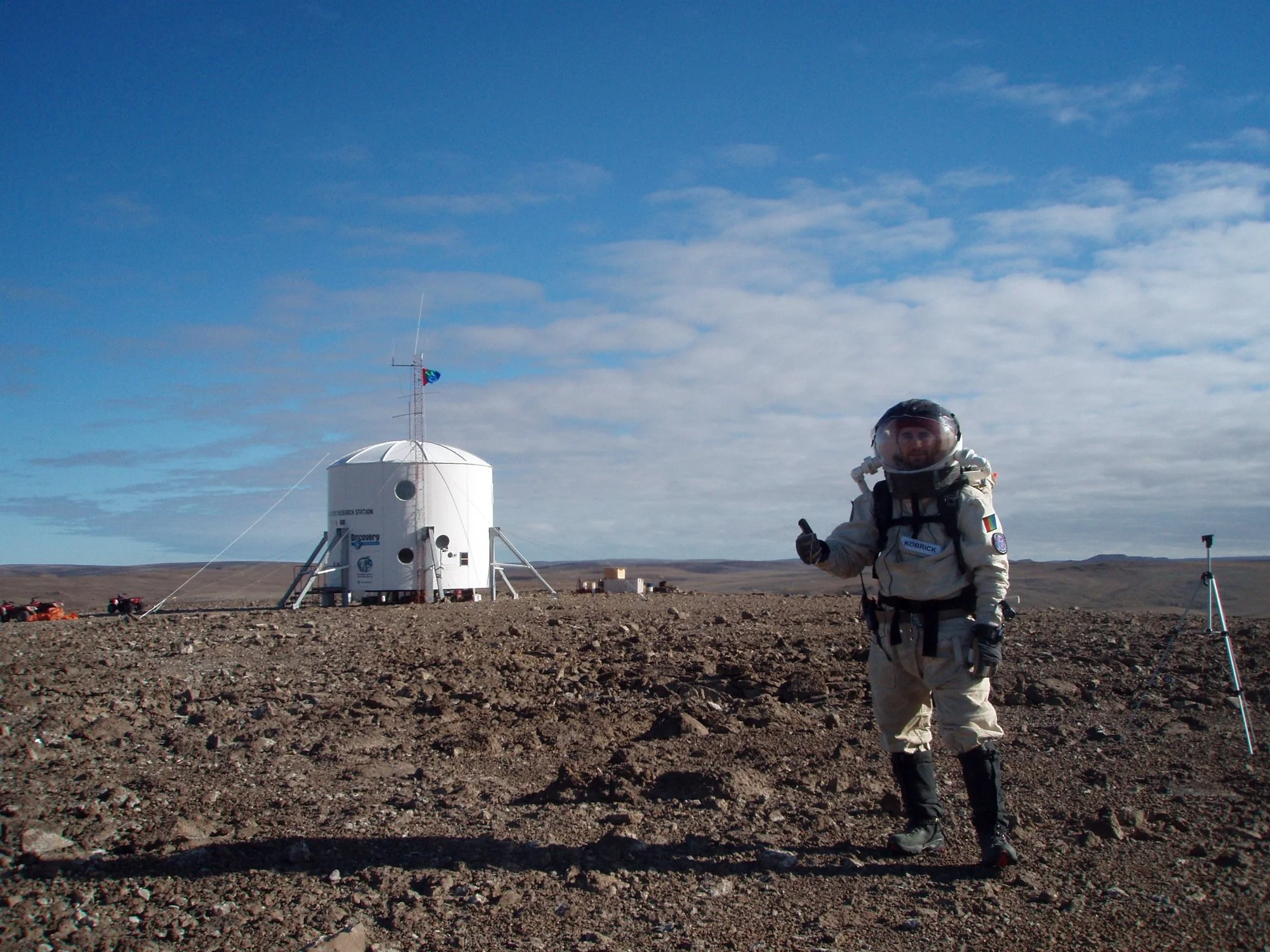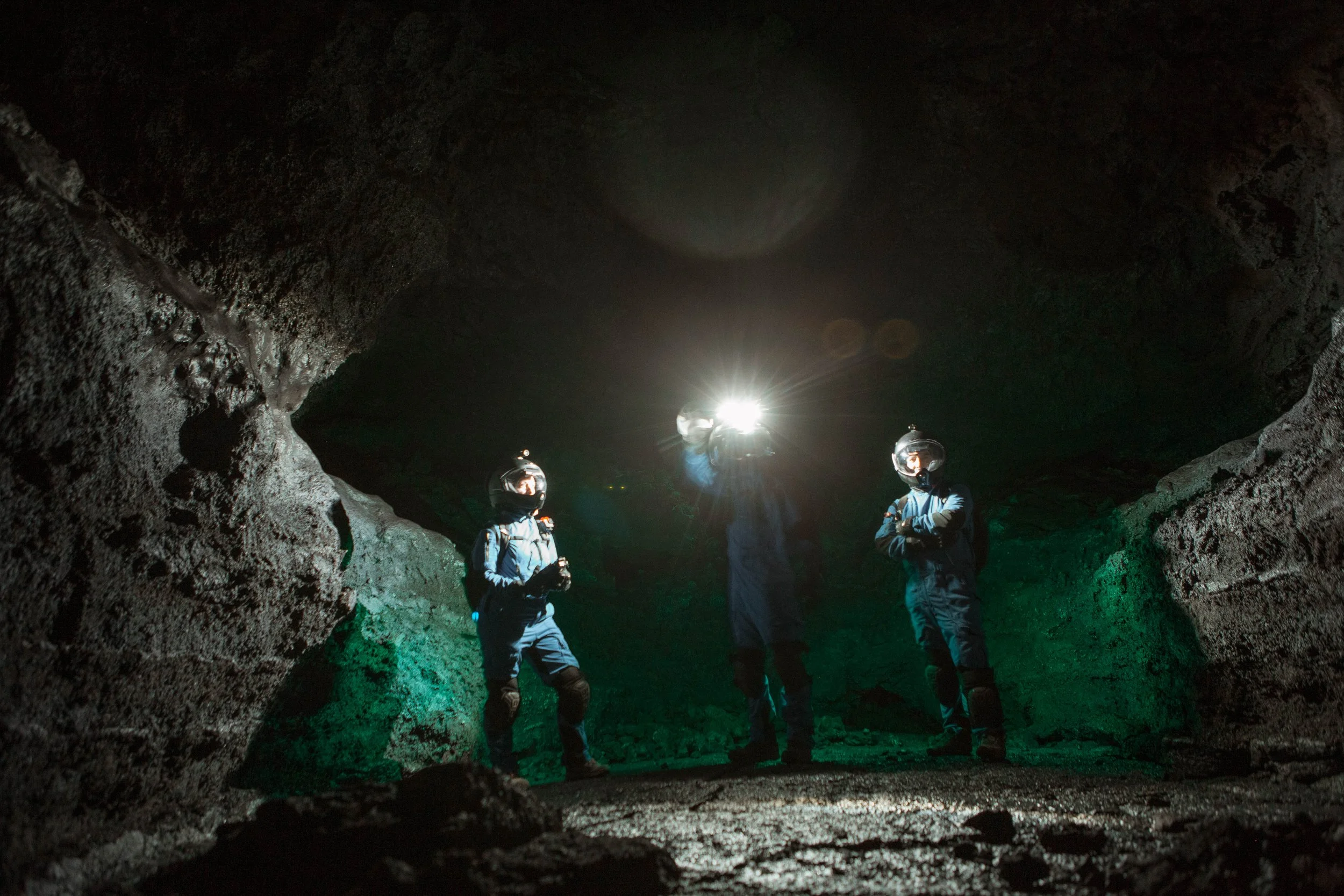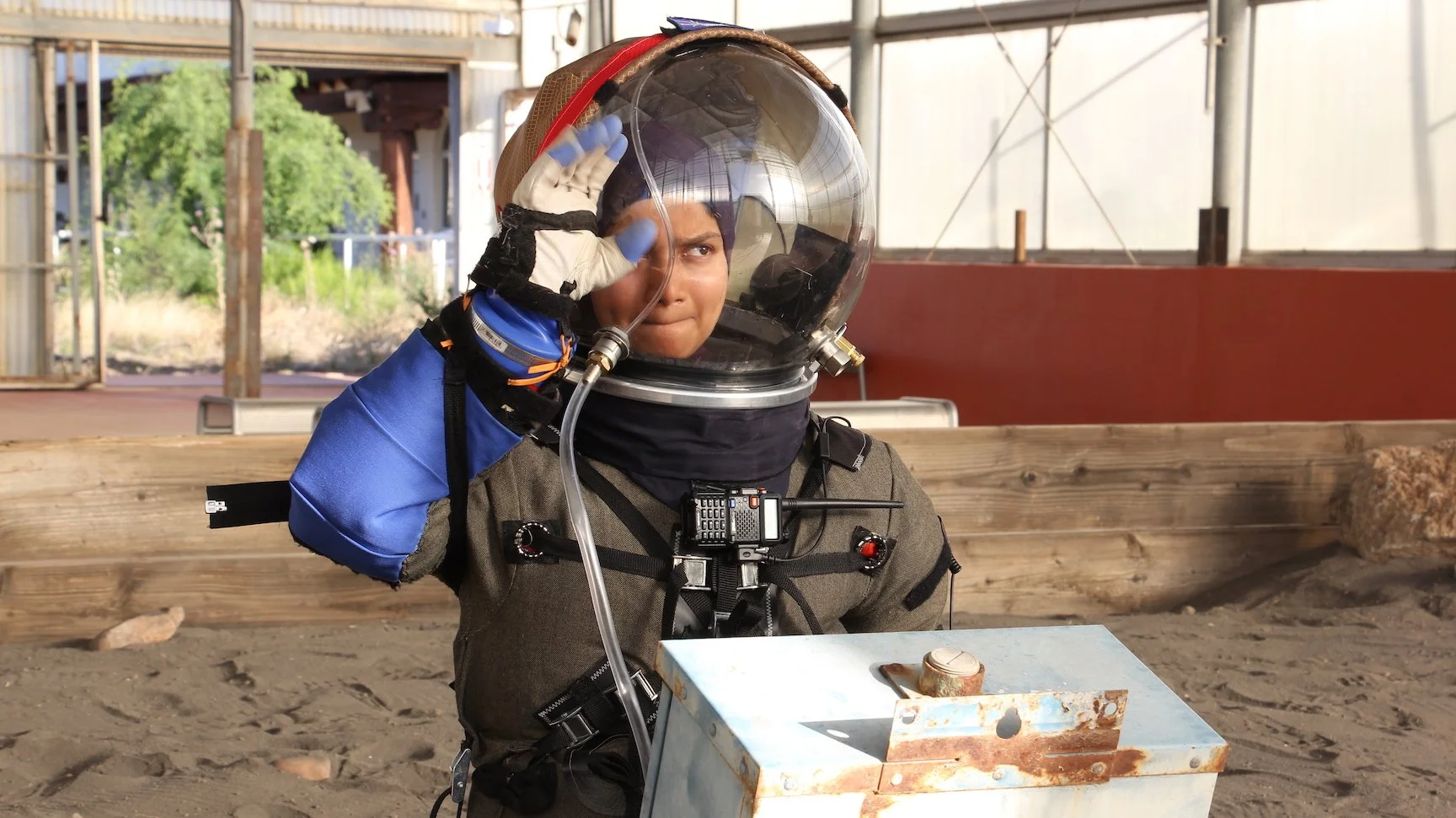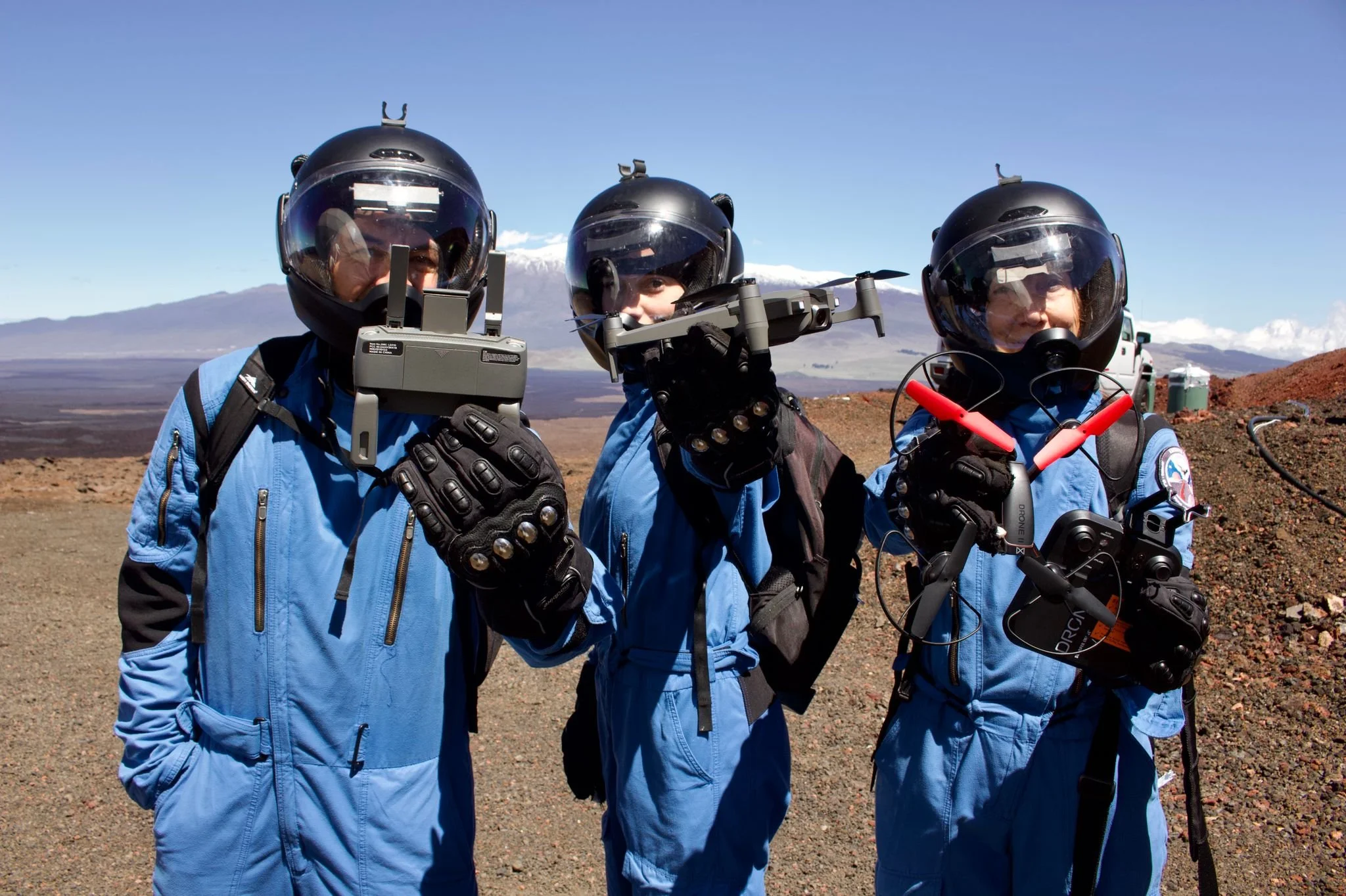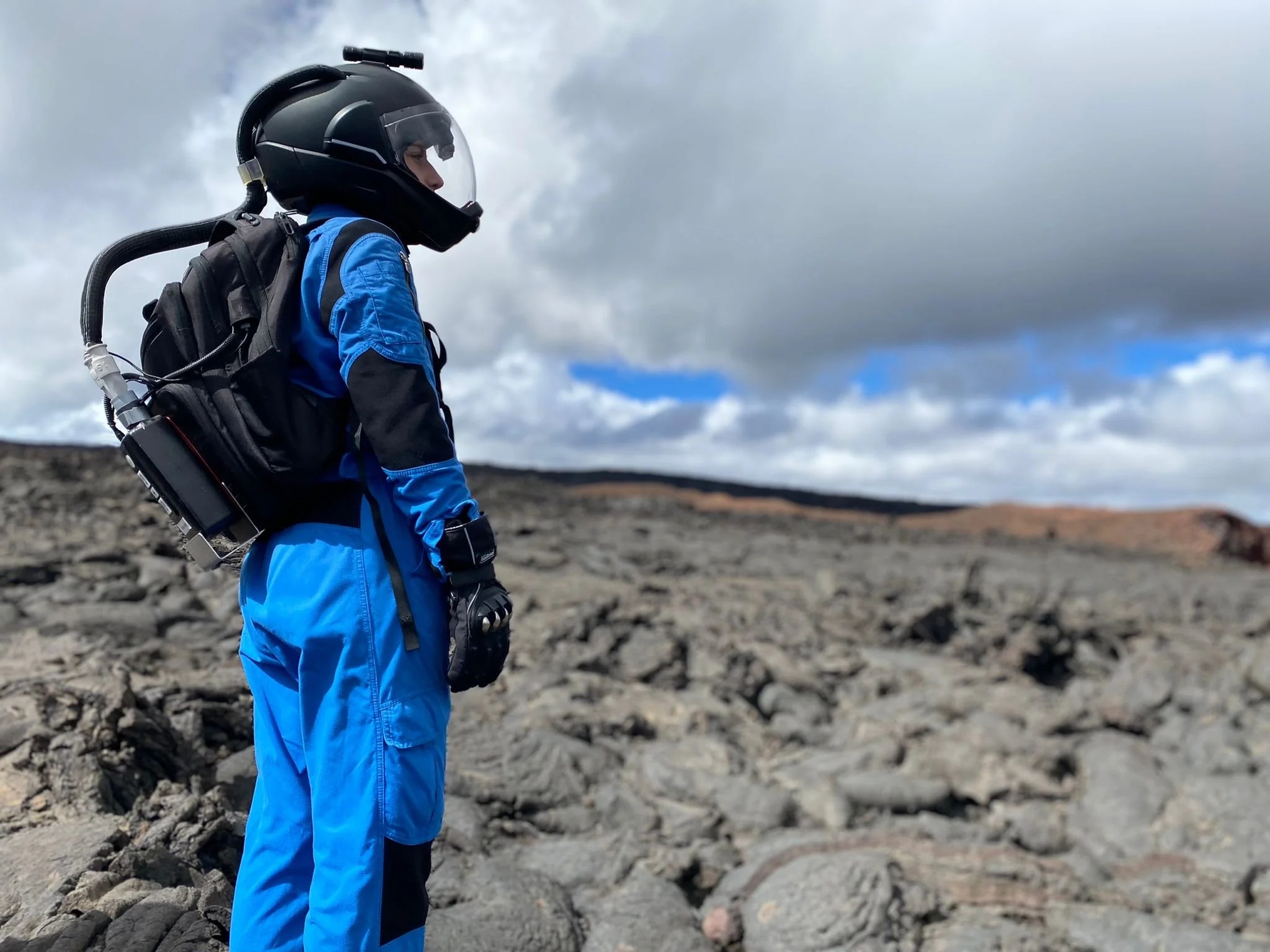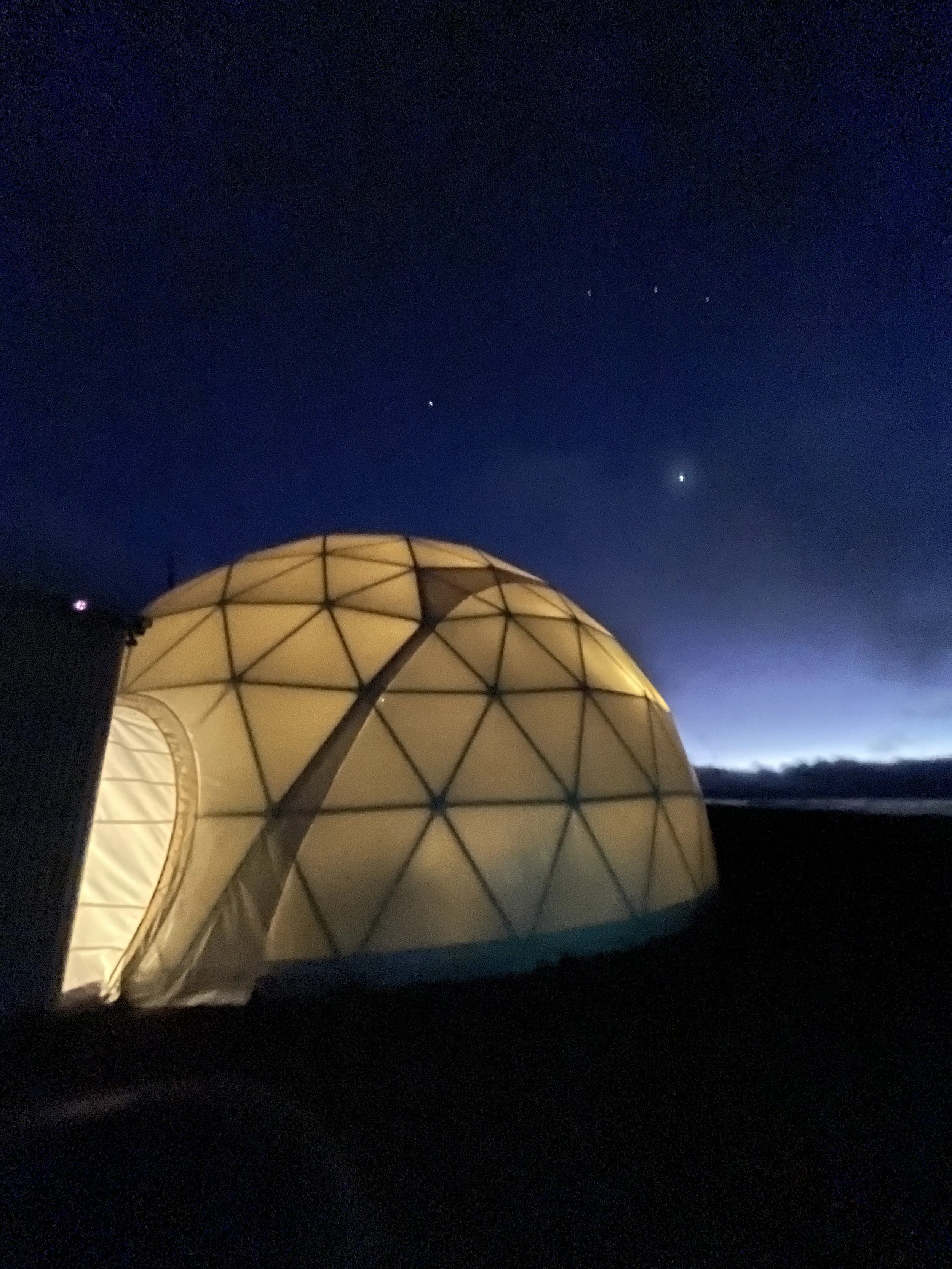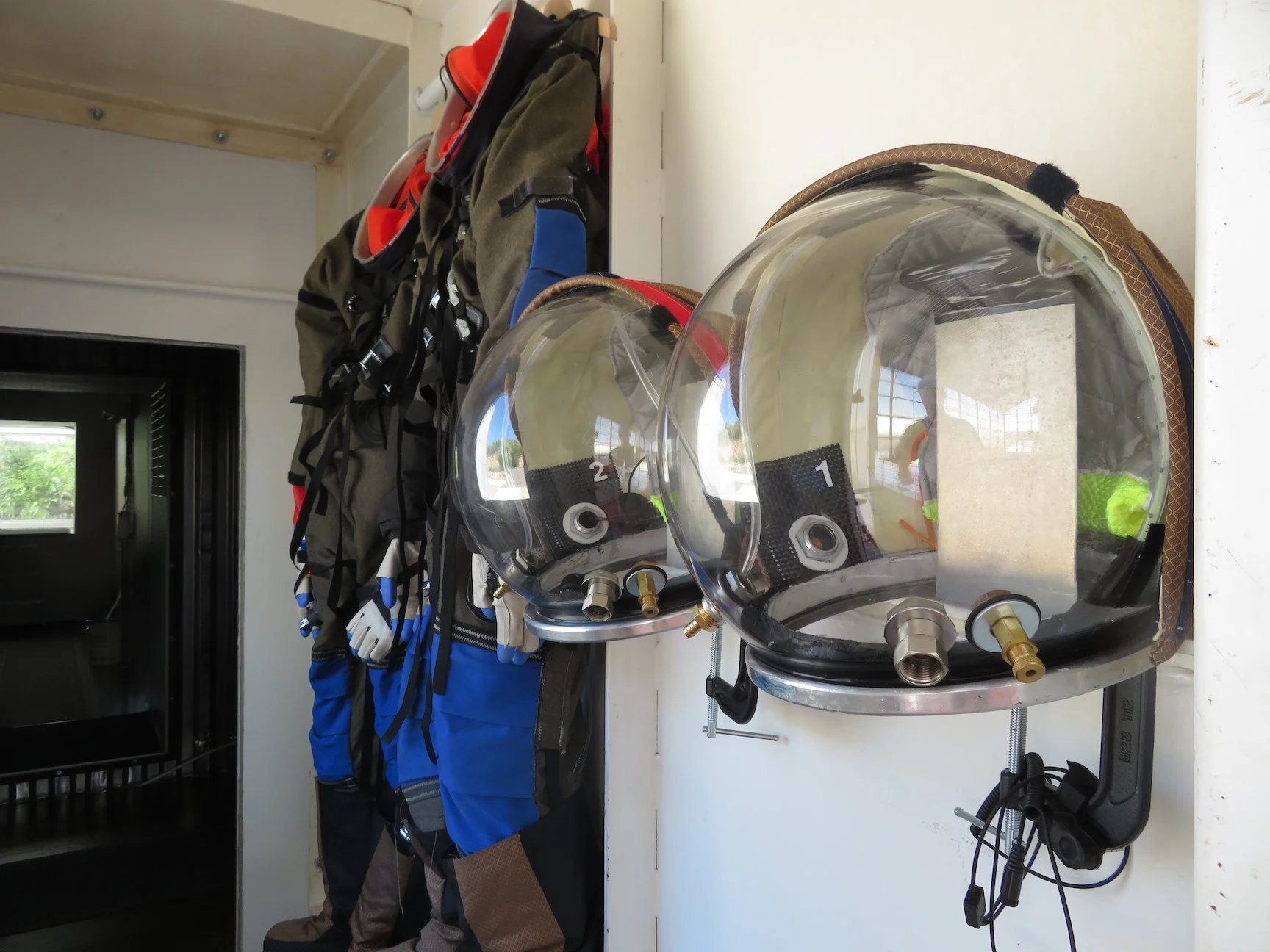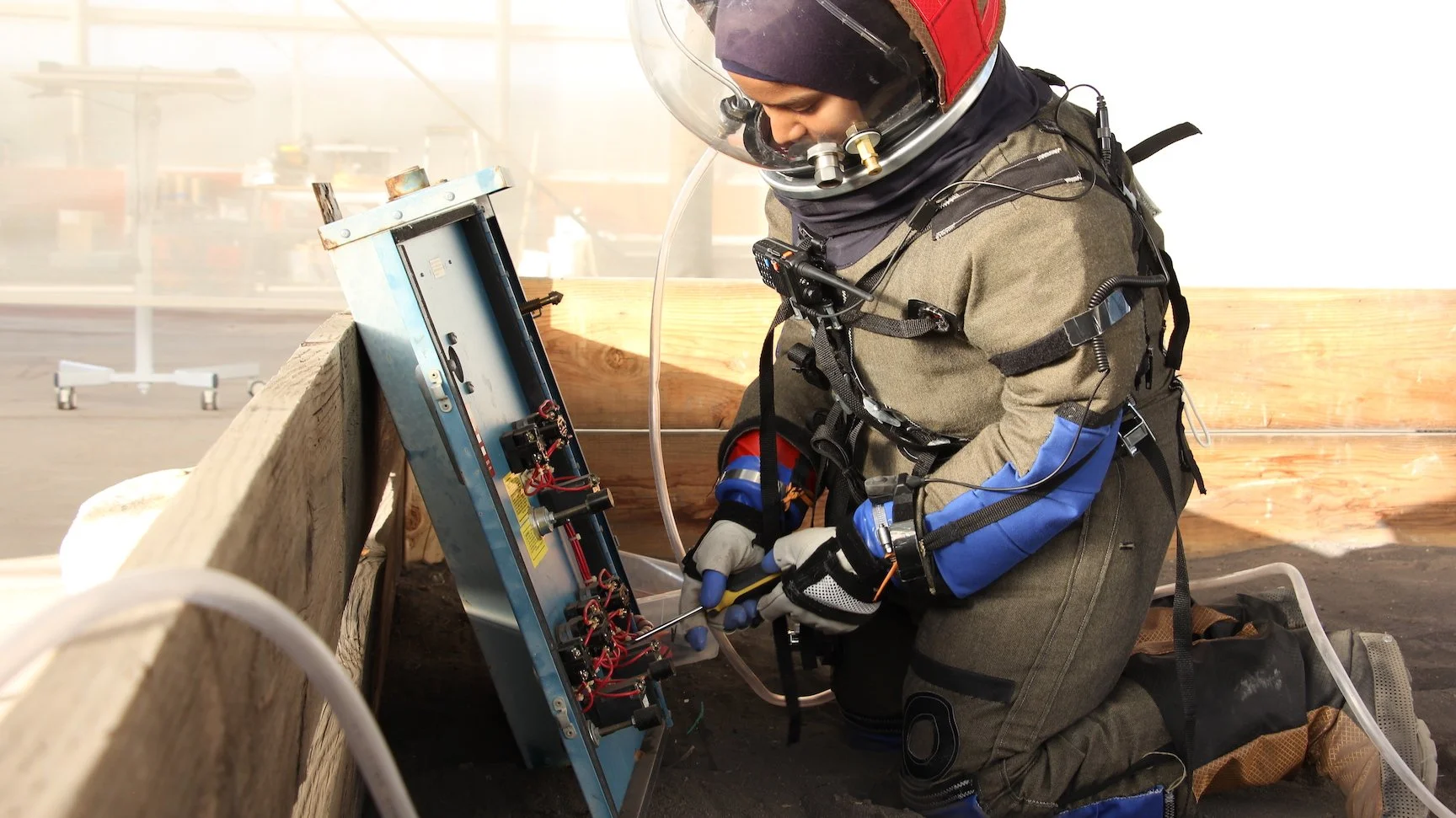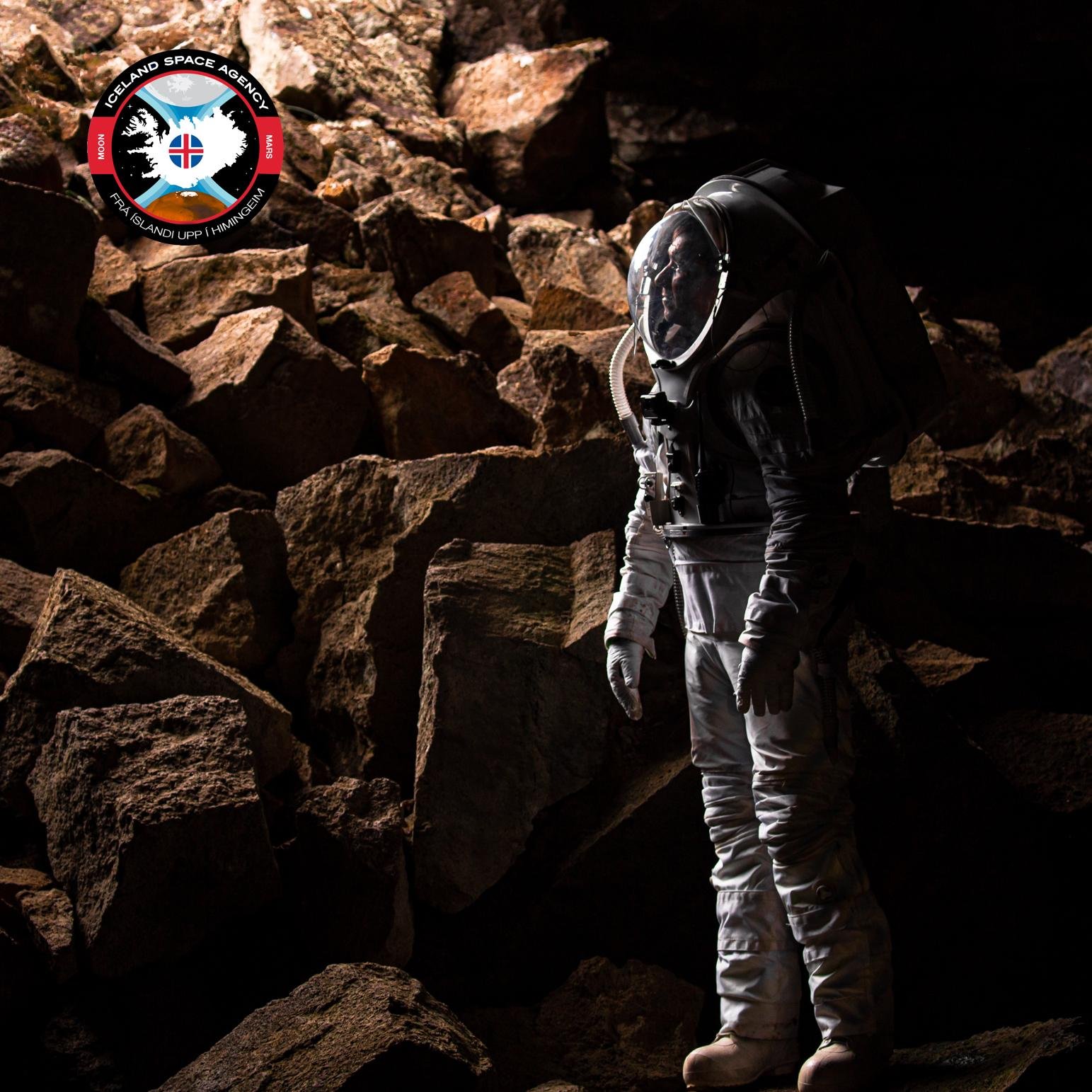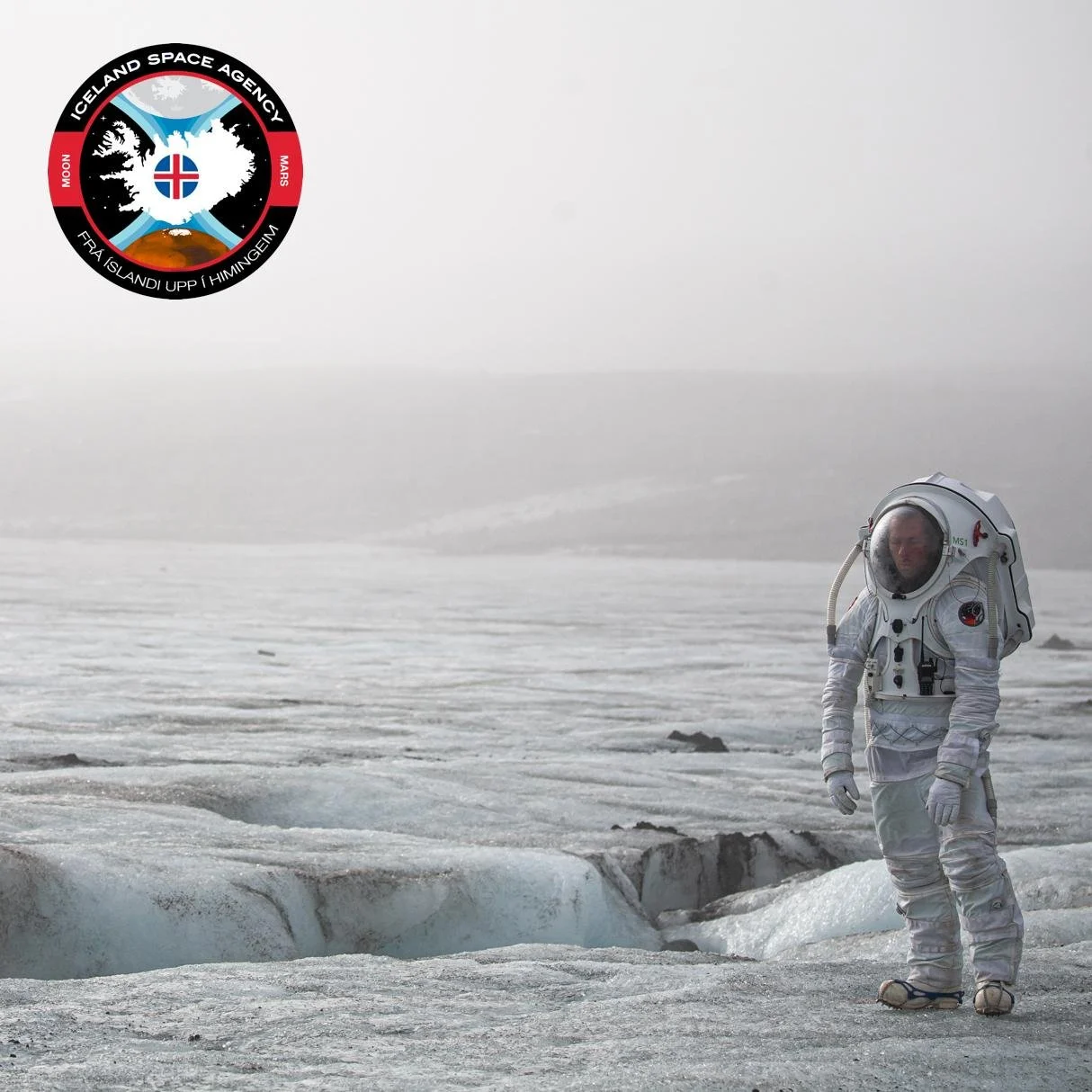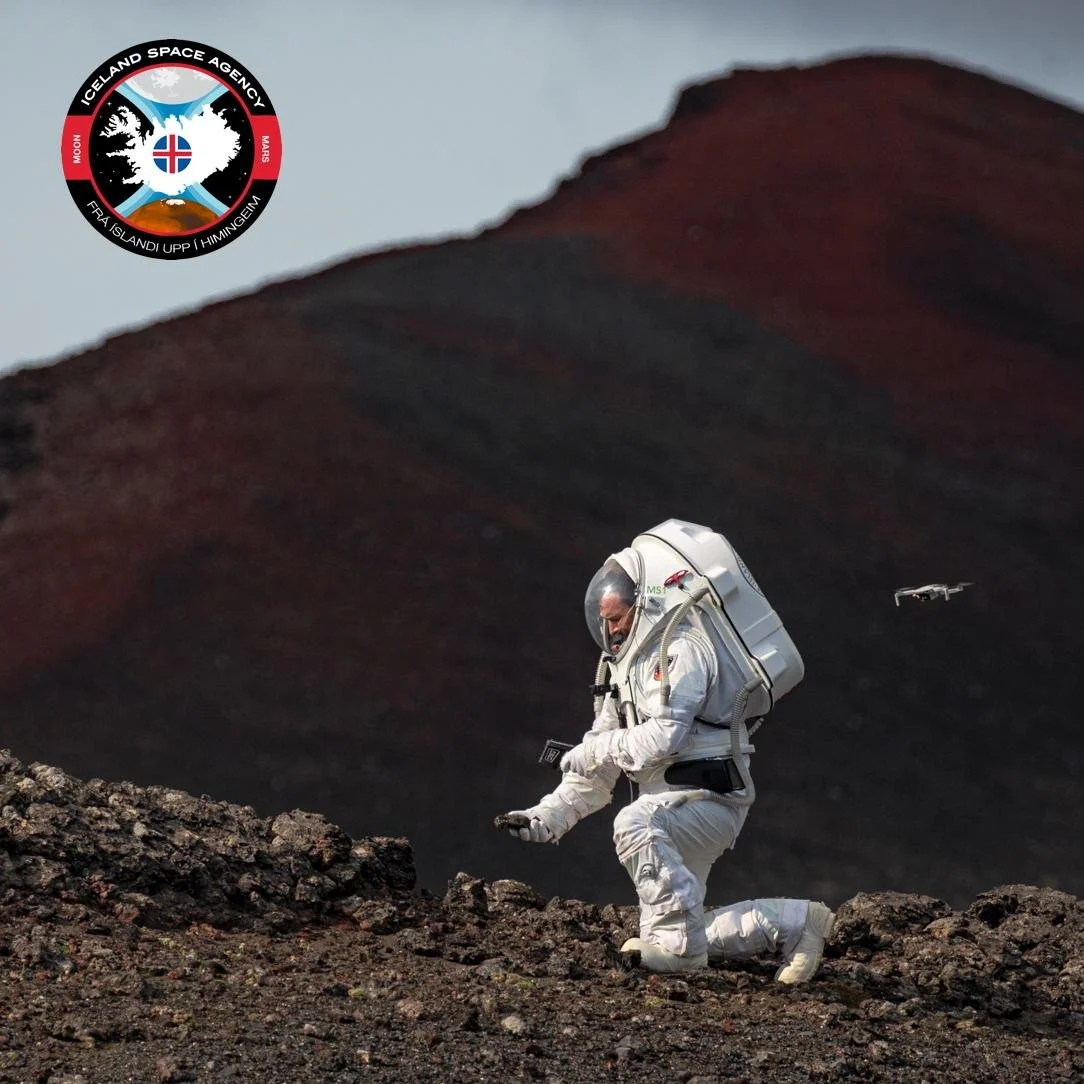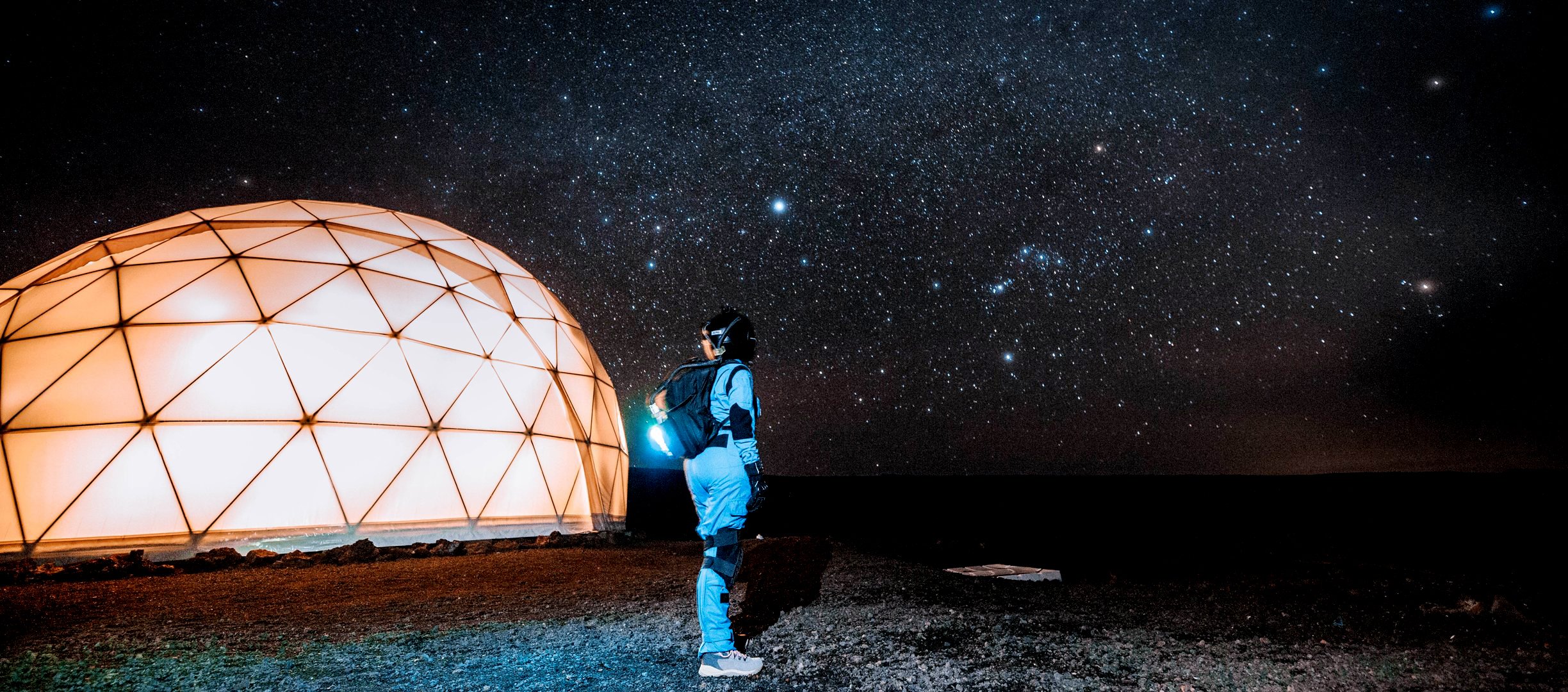
About WBA
The Story of WBA
Quote from Jas Purewal (WBA Founder and Director):
I often get asked, where did the idea for The World’s Biggest Analog come from? In 2021 I ran the first analog astronaut conference. It was virtual and it was successful, so I immediately started working on the next in person conference that now happens each year in Arizona. Whilst I learned more about our community and the good research that is conducted at analogs, it was also clear that there was very little awareness about these space simulations. I myself had only just discovered them in 2020.
So I wanted to do something BIG. Something to raise awareness and to show people what the analogs could achieve if we all worked together.
At the 2022 in person conference, I posed the question. “Imagine you have no constraints, money is no issue, what type of analog mission would you want to run?”. I got a variety of responses, some very creative ones. The one theme that stood out was a networked mission. Which got me thinking…in the not too distant future, there will be a permanent human presence in Space. And this will not just be government agencies, but other organisations as well, from all over the world. How will they live and work together in the hostile environment of Space? Much like currently in Antarctica, several nations cooperate and collaborate in that harsh environment.
So that’s what gave me the idea of simulating an off-Earth settlement and a networked analog mission, carried out simultaneously across the globe was born. At the heart of this was to conduct collaborative research, develop protocols and do outreach.
After that it was a matter of sharing this vision, building a team of volunteers and getting all the habitats on board.
When humanity goes into Space, we take all our problems with us.
This is our opportunity to build something better!
— Jas Purewal (WBA Founder & Director)
-
2 week long proof of concept mission carried out simultaneously at habitats around the globe in Oct 2025.
Simulating off-Earth settlements and a permanent human presence in Space.
Habitats will be split between Moon based and Mars based.
How will we live and work together cooperatively in the harsh environment of Space?
Primary goal: To conduct science, collaborative activities and develop protocols.
Secondary goal: Raising awareness via media and to educate online & in schools.
Individuals will be able to participate around the globe.
This will be the largest Space analog mission carried out in history and the only one simulating multiple outposts, making WBA the first of its kind.
-
Raise awareness about analogs.
Gather information about existing missions and habitats, so that researchers, gov agencies and others understand the fidelity and capabilities of each habitat as a research platform.
Applying research standards makes the data collected more useful to space agencies and researchers.
Provide a global research platform for the first time.
Develop protocols and professionalise the industry.
To assist up and coming habitats/missions, so more countries can be involved.
To engage and collaborate as a community and push the boundaries of what we can achieve together.
Open better communication lines between active players.
Minimise duplicate research.
Highlight the potential of the habitats and analog missions.
-
Advanced habitats
Independent habitats
MICO Vienna
50+ analog astronaut crew candidates
Education/outreach - the general public
Researchers
100+ volunteers
-
The WBA is unique because it allows for a truly global study of the impacts, challenges and opportunities of space colonisation, simulating outposts on the Moon and Mars across different habitats simultaneously. This is the first time such an ambitious and expansive simulation will be attempted, making it a groundbreaking project in the realm of space exploration. The vast range of data, diversity of participants and potential for discovering best practices are unparalleled in the WBA. It also provides an opportunity for an unprecedented amount of collaboration and comparison between different analog environments, which could significantly accelerate our understanding of the practical requirements for successful space colonisation.
Potential Customers, Investors and Stakeholders
Space Agencies: NASA, ESA etc. The WBA mission aligns with their goals of lunar and Martian exploration. The data and insights generated by the WBA can directly feed into their planning and preparation processes.
Benefits: Potential to inform and enhance ongoing and future projects, opportunities for international collaboration, advance the knowledge base required for actual missions and testing of procedures and equipment in a variety of environments.Private Space Companies: SpaceX, Blue Origin, Boeing, Lockheed Martin and others involved in space exploration and colonisation. The WBA mission can help fine-tune technologies, hardware and systems and better understand the human factors involved in long-duration space missions.
Benefits: Testing and refining technologies in real-world scenarios, opportunity for publicity and the potential to attract future partnerships and contracts.Research Institutions: Opportunities to conduct a vast array of cross disciplinary studies within single or across habitats.
Benefits: Access to unique, rich and diverse datasets that could fuel a multitude of research projects and papers, spanning a variety of disciplines, multi-disciplinary research opportunities and the potential for worldwide collaborationsPharmaceutical and Biotech Companies: Opportunities to understand the impact of prolonged isolation and stress on human health and the chance to develop or refine treatments for these conditions.
Benefits: Studying the physiological and psychological impacts of the conditions simulated in the WBA mission, opportunities to test telemedicine technologies and point-of-care diagnostic devices, simulating the remote and resource-limited medical conditions of future lunar and Martian bases.
Telecommunications Companies: Opportunity to test communication technologies across multiple, diverse locations, simulating the communication challenges of managing off-world bases.
Benefits: Opportunity to test technology in diverse and potentially challenging environments, simulating different aspects of communications for lunar or Martian missions. A chance to be the official communications provider for the mission, with associated branding and PR opportunities.Investors: Potential ROI from technologies refined or developed during the mission, influence in a cutting-edge and rapidly growing industry and association with a landmark space mission.
Benefits: Potential spin-off technologies, or IP generated during the mission, plus prestige and influence in a cutting-edge and increasingly important industry.
General Public: Highlight the WBA's role as a stepping stone for future lunar and Martian missions.
Benefits: Increased awareness and understanding of analog missions, potential inspiration for future scientists and explorers and the opportunity to participate in a landmark project through public engagement initiatives. Media, social platforms and public engagement events can be used to share the excitement and importance of the WBA, making it accessible and relatable. Engage via educational events, interactive activities and public talks. Organise virtual tours of the analog habitats and regular mission updates.Educational institutions: Unparalleled learning opportunities about space exploration, inspiration for STEM careers. Potential to develop educational packages tied to the mission, which could include curriculum-aligned lesson plans, live virtual talks with scientists and competitions for students to design experiments for the mission.
We are the largest and only coalition of professionals and organizations dealing in advance with the challenges of living in inhospitable environments.
Outcomes & How We Will Achieve Them
| Outcome | How |
|---|---|
| Implement the International Guidance and Standards for Analogs (IGSA) | We are conducting a risk assessment of each habitat and will be providing guidance on how to implement the IGSA. We will continue to develop these. |
| Implement scientific best practices and research standards | We have provided details of existing ESA and NASA research standards to researchers who have submitted a proposal. We will continue to develop these. |
| Collect data from the largest, most diverse analog crew in history | The WBA crew is the largest and most diverse analog astronaut crew in history. We will be collecting data using wearables in addition to the data collected for the research projects. |
| Publish research from the mission | We have a requirement for WBA researchers to publish their research within a given timeframe post mission. |
| Make habitats more accessible to researchers | By collecting habitat information and making this available to researchers. At present we have accepted over 34 research proposals for WBA out of the hundreds that were submitted. |
| Increase the number of active habitats across the globe | WBA is supporting new habitats across the globe. By stating that they will be part of a global mission, they are able to gain more traction with local support. During the mission they will be able to see how experienced missions operate. |
| Improved communication protocols and data transfer protocols | MICO Vienna is at the heart of developing communications protocols between multiple habitats. |
| Improved training for analog astronauts | Interstellar Performance Labs is coordinating the training of over 100 crew candidates. |
| First step towards creating a global testing platform for Space related technology and research | The first WBA mission is laying the foundations for utilizing analog missions and habitats as a global research platform. |
| Educate a wide audience about analog missions | The WBA outreach and education program includes online content and a Minecraft plugin. |
| Present the WBA project to a wide audience and raise awareness of analogs | We would like articles about the WBA project to be published in large mainstream media outlets. |
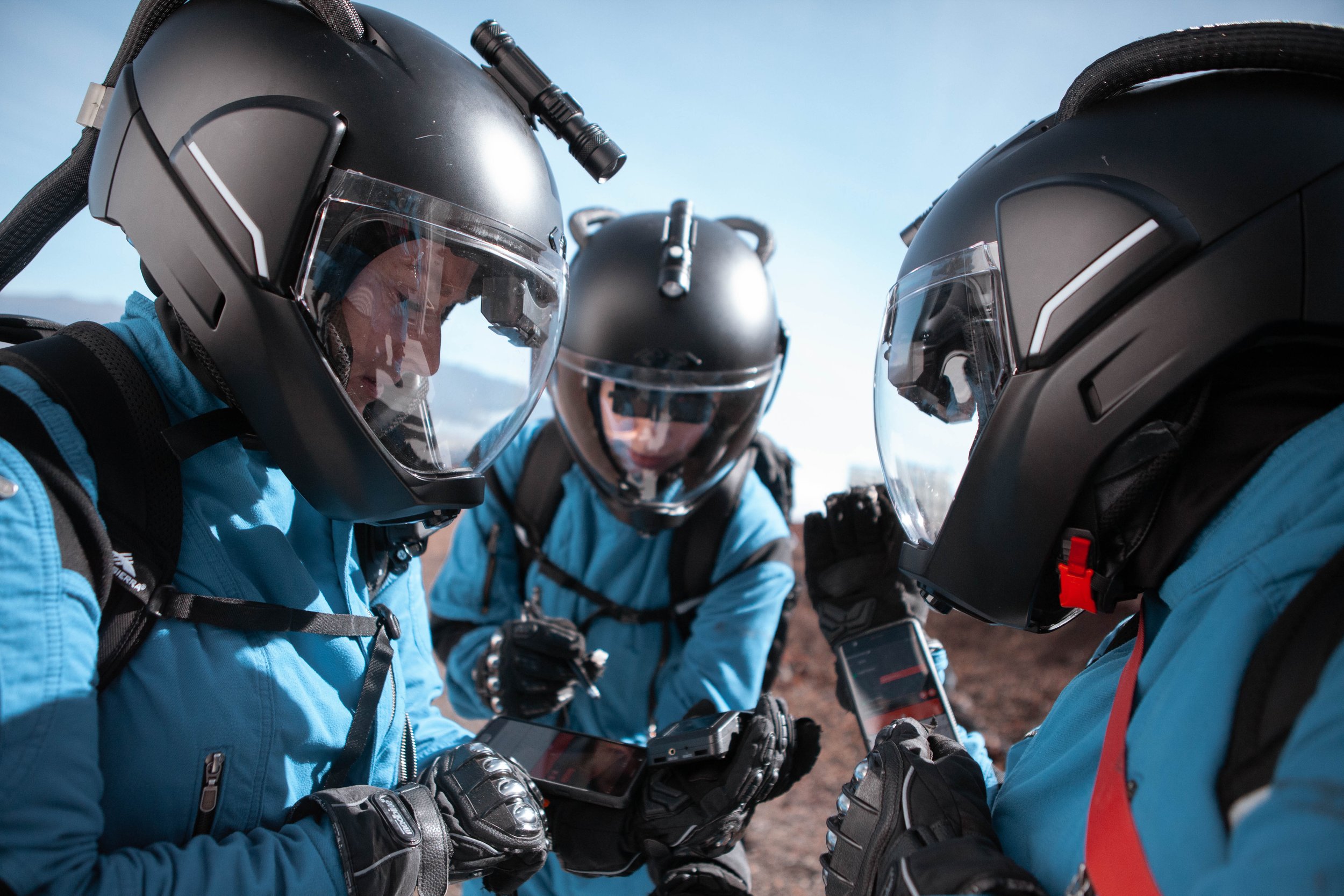
The World’s Biggest Analog Community Has Over 15 Habitat Members.
Advanced
The Core team made up of experienced habitats, agencies and mission organizers.
Habitat Marte - Brazil
Independent
Newer habitats and mission organizers across the world.
ECHO - Australia
Space Habitat Center, Zone 88 - Oman
Enschede 700 - The Netherlands
MENA - Jordan
PSA HAB – 01 - India
ARMASH - Armenia
Monsaraz Mars Analog Station - Portugal
Eurohab - France
ESCDC - New Hampshire, USA
Kenya

